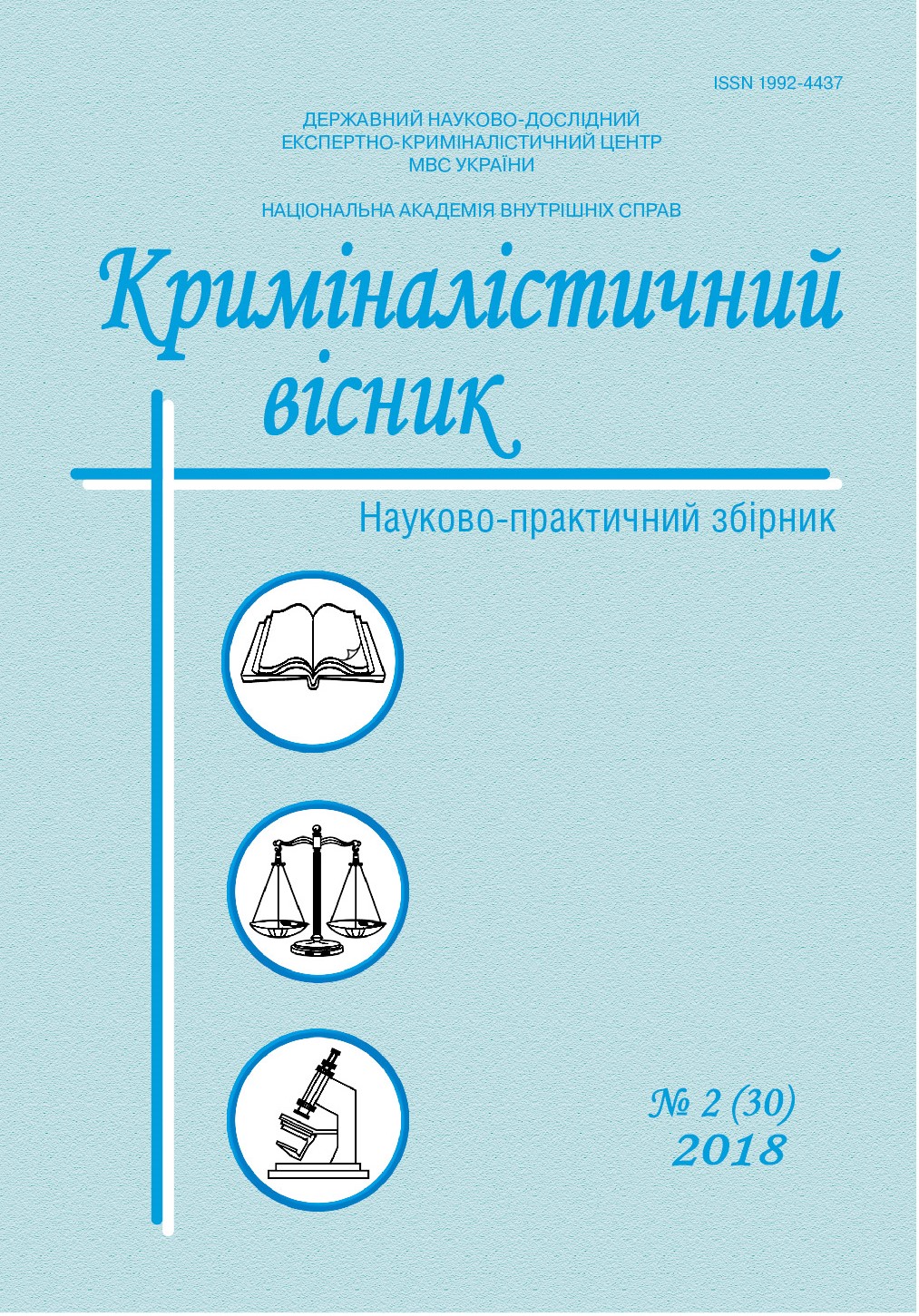MOLECULAR DOCKING FOR MODELLING COMPLEXES OF POTENTIONAL PSYCHOACTIVE COMPOUNDS WITH CANNABINOID RECEPTORS CNR1
DOI:
https://doi.org/10.37025/1992-4437/2018-30-2-122Keywords:
sуnthetic cannabinoids, cannabinoid receptors, molecular docking, agonists, antagonistsAbstract
The problems of such a widespread phenomenon as the appearance on the illegal market of psychoactive compounds of new synthetic cannabinoids, including so-called «spice», which can cause their consumers serious psychological disorders, are highlighted in the article. Authors emphasize on the necessity to enshrine the concept of «derivative narcotic drugs» at the statutory level. The concept will overview a significant part of substances, that have similar with narcotic drugs structure and which are not included as independent positions in the official list of prohibited substances. A fundamentally new approach to the rapid identification of potential narcotic substances to be included in the list of banned substances is proposed, based on the use of molecular docking (computer simulation of intermolecular interactions of the receptor and ligand). The binding energies of some known agonists and antagonists of cannabinoid receptors CNR1 by molecular docking has been calculated. The
expediency of using molecular docking with the use of computer simulations as a new approach to assigning new synthetic cannabinoids to the group of highly dangerous drugs is confirmed, as to some extent an alternative to in vitro or in vivo studies.
Key words: snthetic cannabinoids; cannabinoid receptors; molecular docking; agonists; antagonists.



